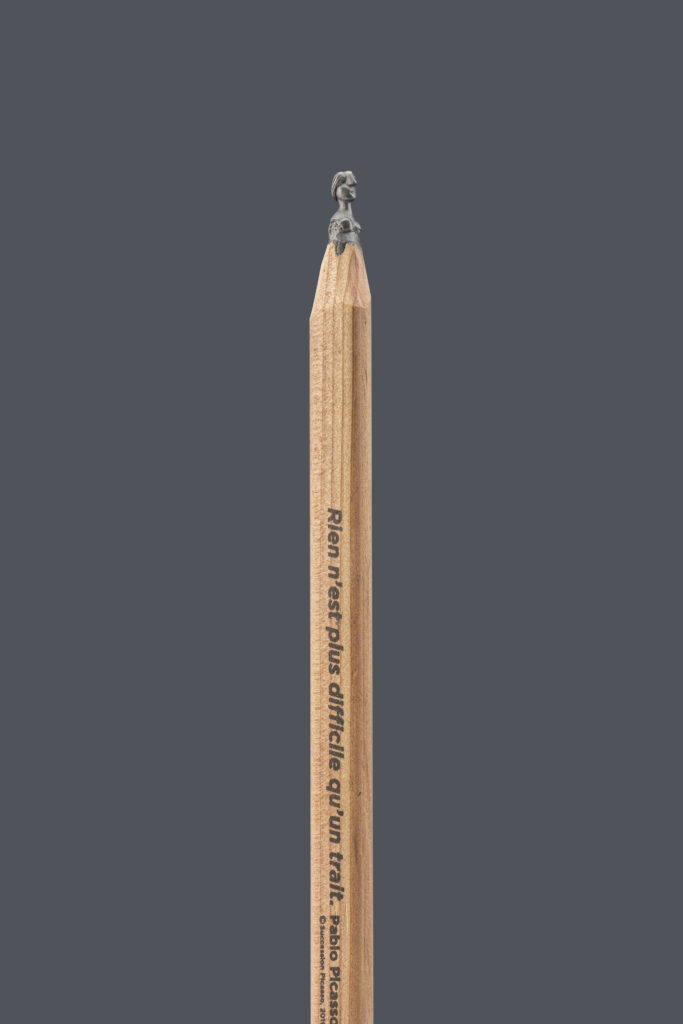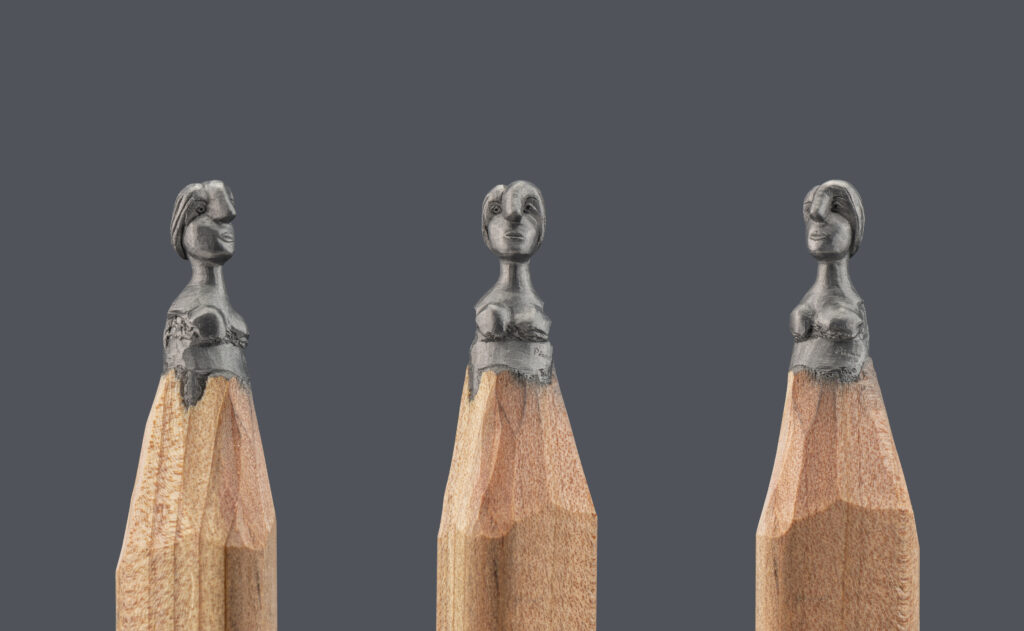Pablo Picasso was one of the most influential artists of the 20th century. Born in Malaga, Spain in 1881, he showed exceptional artistic talent from a young age. He began studying art formally in Barcelona in 1895, before moving to Paris in 1900, where he would spend much of his adult life. As a young boy, Picasso was said to have been obsessed with drawing and would spend hours sketching with whatever materials he could find. He is most famous for co-founding the Cubist movement, which revolutionized the world of art by breaking away from traditional techniques and styles.
Over his career, Picasso created a vast body of work that includes paintings, sculptures, prints, ceramics, and stage design. He was known for his prolific output and his ability to constantly reinvent his style, experimenting with a wide range of materials and techniques. Picasso’s work often featured distorted and abstract forms, bright colors, and bold lines.
Picasso’s personal life was as colorful as his art, and he was known for his unconventional behavior and relationships. He had numerous lovers and wives throughout his life, and his personal experiences often influenced his art.
One interesting fact: According to his mother, Picasso’s first word was “piz” which is short for lápiz. Lápiz is the Spanish word for pencil.
During my visit to Paris, I made sure to visit the Musée Picasso, which was one of my must-see destinations. The museum was hosting the “Picasso-Rodin” exhibition, which provided an opportunity for me to view a significant number of Picasso’s and Rodin’s sculptures. I was struck by the depth and complexity of Picasso’s work. While browsing in the museum shop, I came across a graphite pencil with a famous quote by Picasso: “Rien n’est plus difficile qu’un trait” (There’s nothing more difficult than a line). This quote stayed with me as I admired the masterpieces on display, and it motivated me to take on a new challenge. I purchased a pencil with the intention of recreating one of Picasso’s sculptures.

After much consideration, I decided to recreate Bust of a Woman (Marie-Thérèse Walter), a sculpture that Picasso created in 1931 during the height of his artistic career. Although the shape of the sculpture may seem simple at first glance, the challenge was to match the lines and angles of the original work. Fortunately, the obstacles got conquered and beauty prevailed.

The Bust of a Woman (Marie-Thérèse Walter) is part of his famous series of sculptures dedicated to his muse and lover, Marie-Thérèse Walter. The sculpture is a bust made from plaster and depicts a woman’s head and shoulders, with a prominent nose and a stylized, flowing hairstyle.
There have been claims that the nose of the Bust of a Woman (Marie-Thérèse Walter) is a phallic representation of Picasso’s own anatomy. Picasso was known for his unconventional and often controversial behavior, both in his personal life and in his art, with a lot of his works containing overtly sexual or erotic themes.
My experience at the Picasso Museum and the creation of the Bust of a Woman (Marie-Thérèse) has given me a newfound appreciation for the complexity and beauty of Cubism. Picasso’s legacy continues to inspire and challenge artists today, and I am grateful for the opportunity to explore his work in such a meaningful way.


